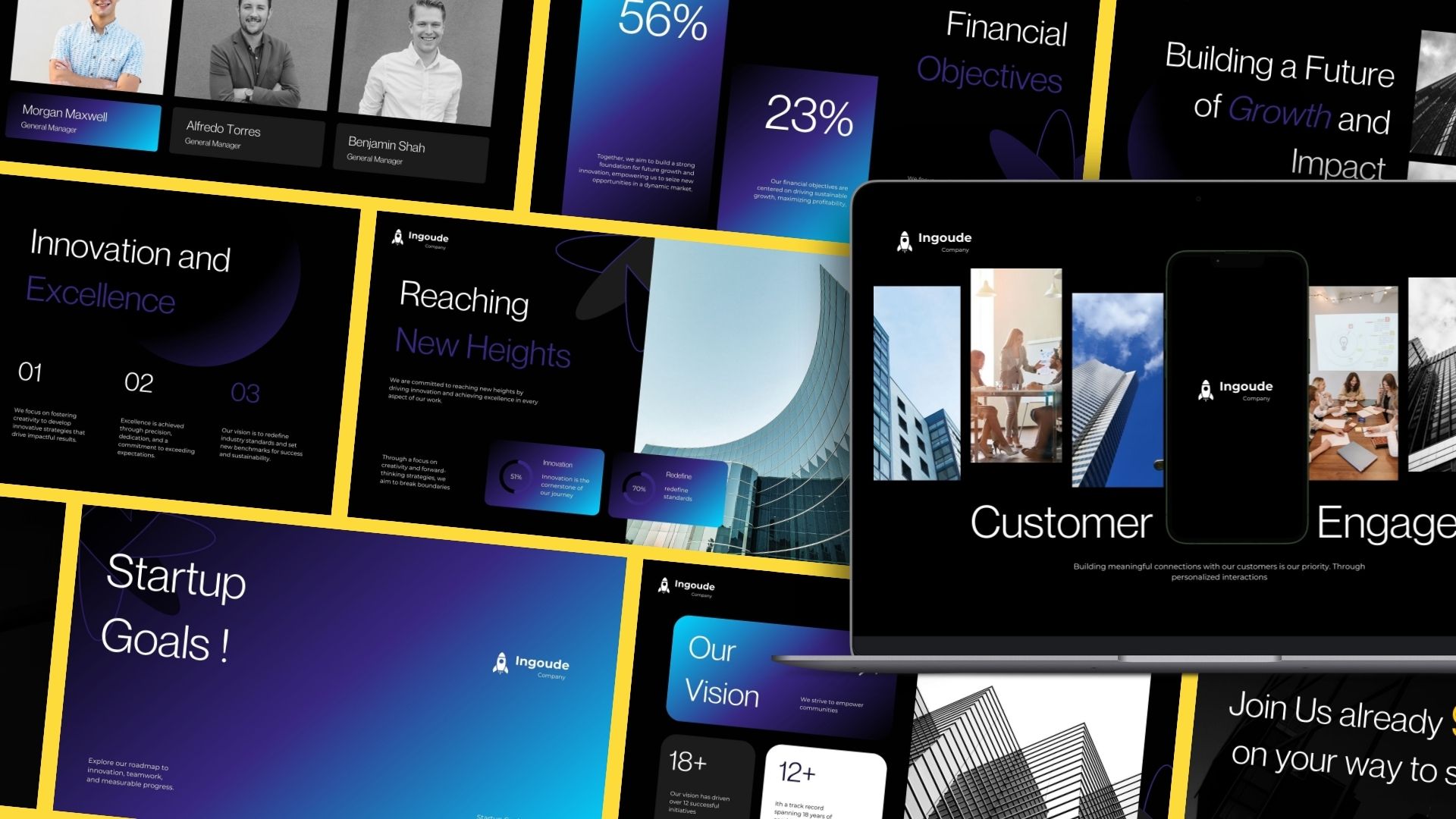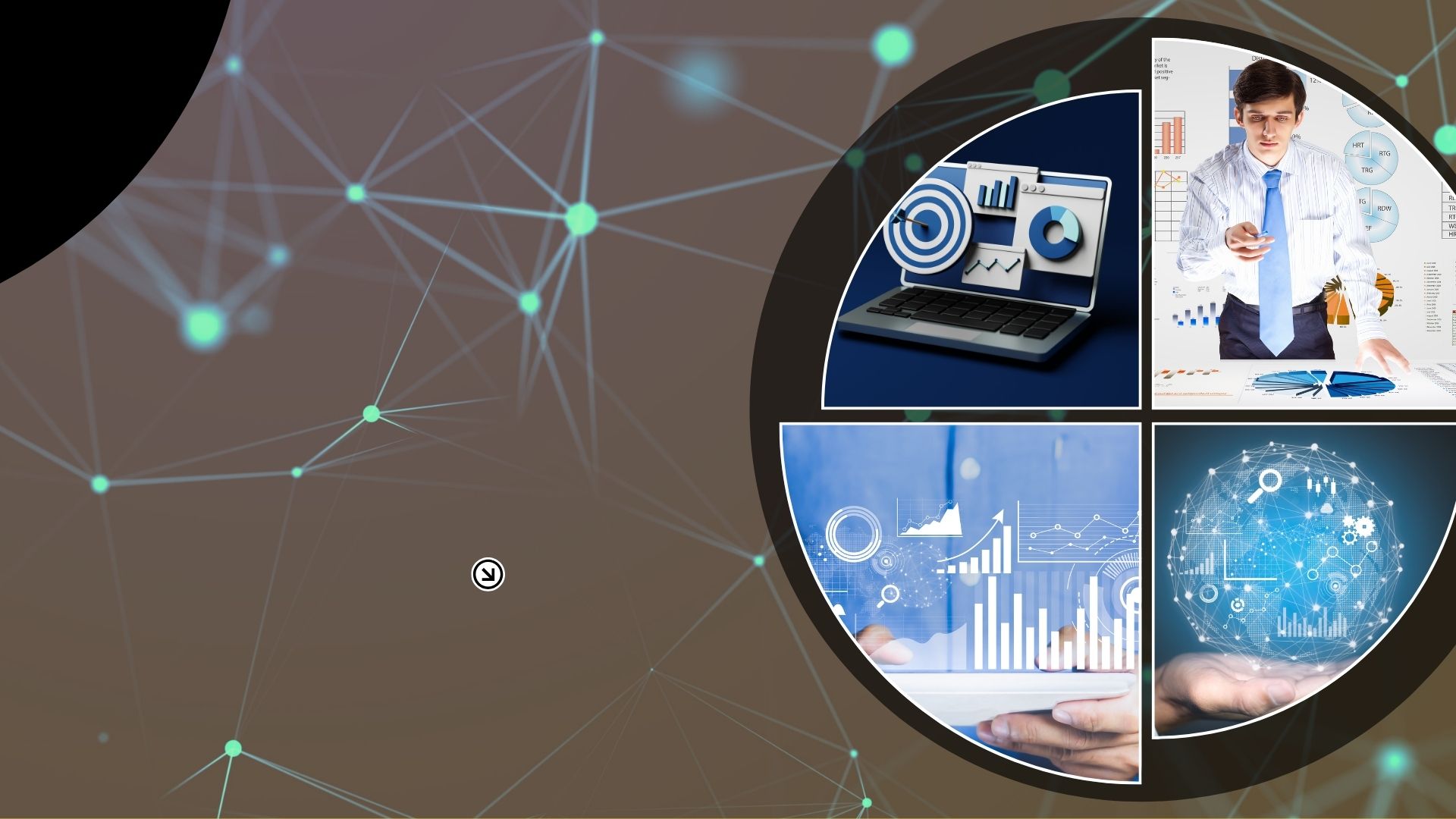Introduction
The technology industry thrives on change. Every few years, a new wave of innovation captures attention—cloud computing, mobile-first, blockchain, now generative AI. Founders and product leaders scramble to adapt, adding new layers of features, rewriting roadmaps, and chasing headlines.
But beneath the noise, there is a striking continuity. The best products, regardless of industry or decade, are not defined by which trend they adopt first. They succeed because they stay true to timeless design and business principles. While the tools evolve, the foundation does not.
This article highlights three of those enduring foundations: clarity of jobs-to-be-done, effective feedback loops, and disciplined friction budgets. Together they form the invisible framework of good product design—one that outlasts markets and makes the difference between fleeting hype and lasting adoption.
1. Jobs-to-be-Done: Products Exist to Solve Real Jobs
The jobs-to-be-done (JTBD) framework reframes product thinking around a deceptively simple idea: customers hire products to get jobs done in their lives. The job is not “use an app,” the job is “achieve a specific outcome.”
Clayton Christensen’s milkshake example illustrates this beautifully. A fast-food chain wanted to increase milkshake sales. Instead of tweaking flavors, they asked: what job are customers hiring milkshakes for? They discovered morning commuters wanted something easy to consume, filling, and lasting through the drive. The milkshake was not about taste—it was about solving the job of “a breakfast I can handle in the car.”
This shift in perspective explains why some products thrive with minimal features while others, overloaded with functionality, fail to connect. A calendar app does not compete with “other calendars.” It competes with any way of organizing time—sticky notes, voice assistants, even asking colleagues for reminders.
Common mistakes around JTBD:
- Focusing on features, not outcomes. Teams confuse “adding dark mode” with “helping users reduce eye strain.”
- Over-segmentation. Products drown in personas and demographics while forgetting the underlying job is often universal.
- Ignoring emotional jobs. Airbnb does not just provide accommodation; it reduces anxiety, builds trust, and satisfies curiosity.
Why JTBD clarity matters long-term
Technologies shift. AI may automate tasks once manual, but the core job—“communicate effectively,” “travel safely,” “manage money”—remains. Companies that define themselves by features disappear when a new technology replaces them. Those that define themselves by jobs adapt and thrive.
Think about music. From vinyl to cassettes to streaming, the job—“listen to music easily”—never changed. The winners were the companies that asked: how do we solve this job better than before?
Even in AI today, the job is not “use a chatbot.” It is “find answers faster,” “automate tedious work,” or “gain creative inspiration.” The tools will change, but the job will persist.
2. Feedback Loops: Growth Through Listening
No matter how brilliant the initial idea, no product survives unchanged in the real world. Users behave unpredictably, competitors copy, markets evolve. The only way to remain relevant is through feedback loops—systems that continuously gather input, learn from it, and adjust.
The anatomy of a feedback loop
A strong feedback loop is not just a survey at launch. It is a cycle:
- Observation — collect signals (data, behavior, feedback).
- Insight — interpret what those signals mean.
- Action — implement changes or experiments.
- Measurement — track outcomes and restart the loop.
Forms of feedback
- Quantitative: churn rates, feature adoption curves, A/B test results.
- Qualitative: user interviews, usability tests, support conversations.
- Market-driven: competitor analysis, regulatory changes, macro trends.
When teams stop listening, they fall into the trap of “building in a vacuum.” Products stagnate, customers leave, and companies are surprised because they believed their roadmap mattered more than reality.
Case studies in feedback
- Instagram vs. Snapchat: Snapchat pioneered Stories, but Instagram listened to the cultural shift and quickly integrated a similar feature, scaling it to billions.
- Amazon’s relentless testing: The company famously runs thousands of experiments simultaneously, treating every design decision as a hypothesis to validate.
- Netflix personalization: Continuous data feedback refines recommendation algorithms, which now define the service’s value as much as its content.
The danger of ignoring feedback
Nokia dismissed the touchscreen revolution as a gimmick. Blockbuster ignored streaming trends in favor of DVD rentals. Both failed because feedback loops—market signals—were present, but leaders were unwilling to act.
For startups, speed matters. A short feedback loop validates assumptions before resources are wasted. For enterprises, depth matters—structured feedback reveals long-term shifts. The best organizations combine both: fast experiments with strategic insight.
Importantly, feedback loops also build trust. When users see their feedback acted upon, they feel invested in the product. That emotional connection can become as powerful as any technical feature.
3. Friction Budgets: Designing the Right Effort
Friction is the hidden tax every product charges its users. It includes every step, delay, or barrier on the way to completing a task. Too much friction, and users quit. Too little friction, and you risk fraud, mistakes, or misuse. The art lies in balancing effort with trust.
Understanding the friction budget
A friction budget sets a limit: how much effort can we reasonably demand from users before they abandon the flow? If onboarding takes five screens, is that within the budget? If payment requires a password, code, and re-entry of card details, are we spending the budget wisely?
Types of friction
- Necessary friction: legal compliance (KYC in banking), security (two-factor authentication), informed consent.
- Unnecessary friction: duplicate forms, hidden checkboxes, irrelevant popups.
- Value-adding friction: deliberate pauses that build trust (e.g., “review your order before purchase”).
Examples in practice
- Apple Pay: minimal steps, biometric verification, seamless flow. The right amount of friction ensures both security and speed.
- Old e-commerce checkouts: long forms and account creation before purchase created abandonment rates of 60–70%. Companies that streamlined checkout saw immediate lifts in conversion.
- Freemium SaaS: some products introduce friction deliberately—free plans that cap usage, nudging users toward upgrades. Here friction becomes a growth lever.
Why friction budgets never go away
Every generation of technology re-discovers the same problem. Websites in the 1990s, apps in the 2010s, AI tools in the 2020s—all risk losing users if the effort-to-reward ratio is off. The principle is timeless: respect your users’ time and attention.
Even regulators recognize friction’s role. For example, the EU’s PSD2 directive mandates strong customer authentication in payments, essentially codifying friction budgets into law. Good design acknowledges these realities instead of fighting them.
Conclusion
The future will always bring new buzzwords: AI copilots, Web3 economies, immersive AR platforms. Some will thrive, others will fade. What endures are the principles that anchor product design to human reality.
- Jobs-to-be-done remind us that users care about outcomes, not features.
- Feedback loops keep us grounded in reality, ensuring products evolve with their markets.
- Friction budgets force discipline, making us spend users’ effort carefully.
The companies that last are not those chasing every trend but those mastering these fundamentals. As technology continues to shift, the ultimate competitive advantage will not be the stack you use but the discipline with which you apply these timeless rules.
As product builders, we should ask ourselves regularly:
- What job is my product truly being hired to do?
- How short and effective are our feedback loops?
- Where are we spending the user’s friction budget—and is it worth the cost?
Answering these questions consistently is harder than chasing hype, but it is the only path to products that endure.



